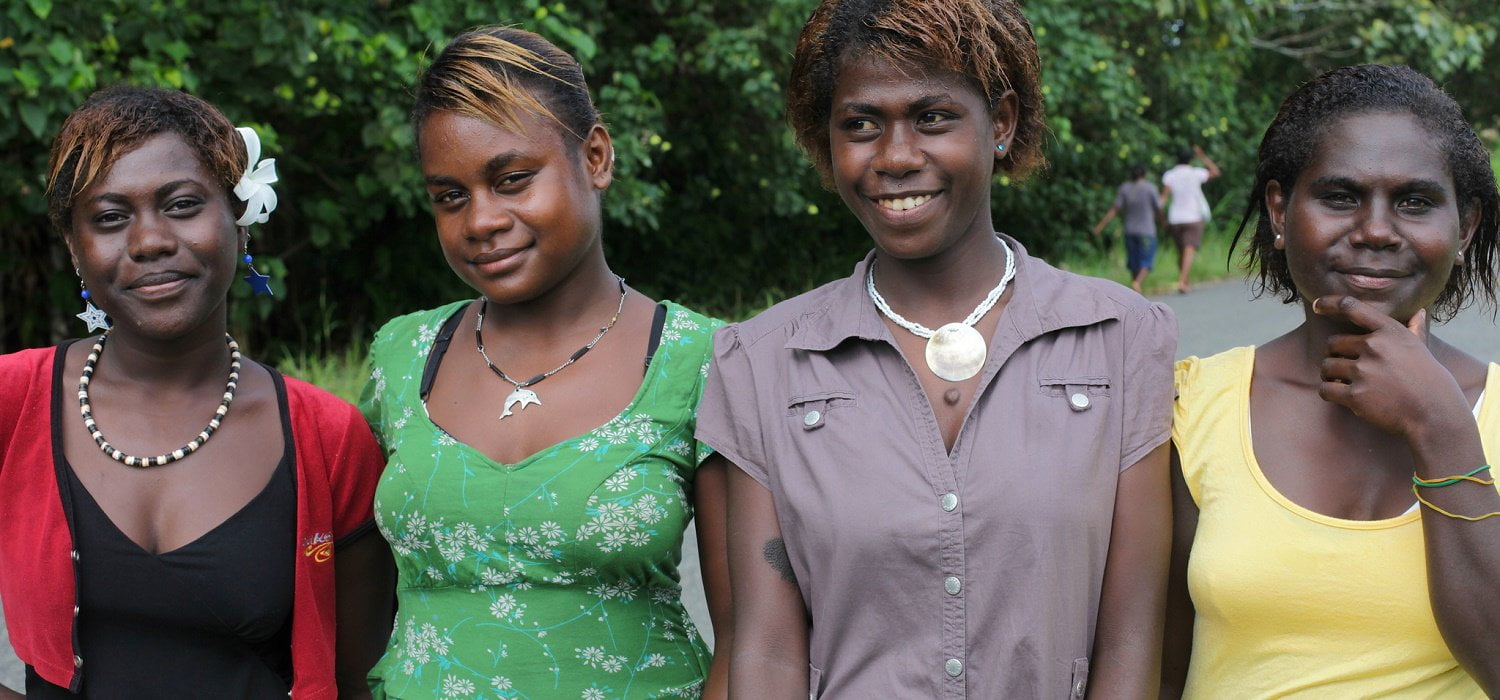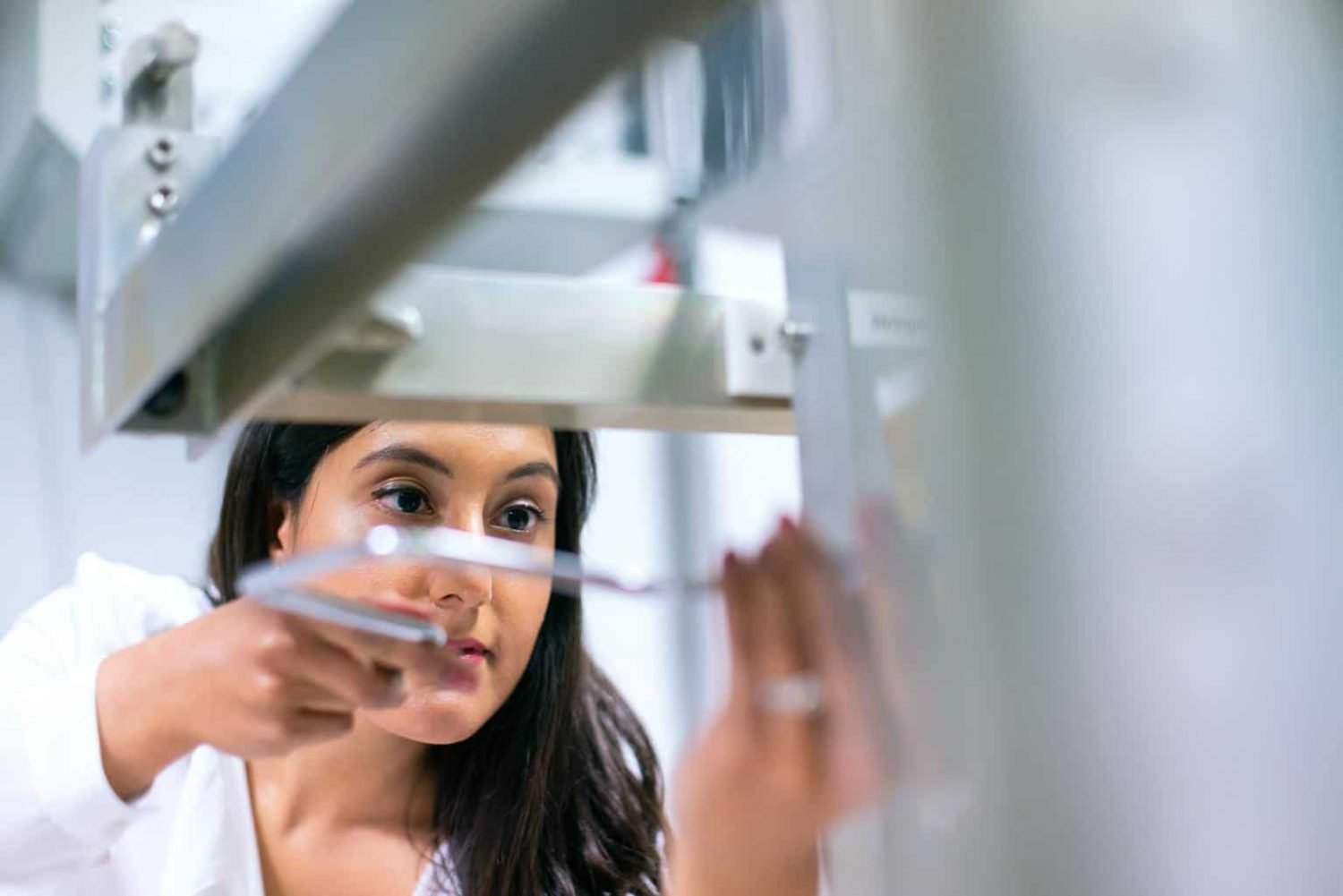BRM Advisory Director and ISACA member Jo Stewart-Rattray talks about mentoring women in Papua New Guinea and Africa as well as supporting women in rural areas of Australia.
Tell us about mentoring women in IT in Papua New Guinea and Africa. What was it like and who did you mentor?

I think it’s so important that we support the needs of indigenous and isolated learners in the fields of information security and governance.
For over a decade I have worked with ISACA’s Papua New Guinea chapter to ensure that its unique issues are understood and to have its voice heard at the international board level. I’ve successfully assisted in setting up an informal networking group for women in the chapter which encourages a greater participation by women in board level activities.
I visit Papua New Guinea on a regular basis to present on latest trends in information security and governance in order to assist the Certified Information Systems Auditors and Certified Information Security Managers in that area to achieve their Continuing Professional Education requirements.

In particular, I have mentored two of the PNG chapter presidents and still today I remain an active chapter board advisor. I have also mentored a young woman in Africa who is now progressing well in her career and was involved in rolling out the SheLeadsTech program in three African countries where I was struck by the open discrimination felt by many women, both in their careers and personal lives.
What are the key objectives of SheLeadsTech and how have you achieved them?
The overwhelming objective of the SheLeadsTech program is to solve the under-representation of women in technology leadership roles and the tech workforce more generally. This important program is all about connecting women, helping them tell their stories and making the rest of the world aware of the issues they face and why we should all care about gender equality. Ultimately, this initiative prepares women to lead.
During the initial stages of the program, I realised that even those who support the idea of empowering women and girls often do not understand the issues facing them or the severity of the problem.
To expand the program globally, we are partnering with our advocates and ensuring they have, at the ready, valuable statistics, stories and solutions to respond to questions, concerns and pushback they receive in the field. I have also encouraged each ISACA chapter across the globe to have at least one representative involved in SheLeadsTech from the global perspective to help promote the program locally.
In under four years, SheLeadsTech has grown from a base of zero, to being embraced on five continents, and now is one of the core programs of ISACA’s newly launched One In Tech foundation. Over 10,000 community professionals have engaged in SheLeadsTechevents and online platforms to promote gender equality, address the gender pay gap, enhance the careers of women in IT and offer a safe space to discuss their experiences.

What are the key ways we can achieve gender equality in STEM? How does Australia fare compared to the rest of the world?
So what can be done? In my experience, it is a multi-faceted approach. It involves businesses providing flexible work options, male and female STEM leaders mentoring, sponsoring and encouraging young professionals to understand the career path and rewards, and instilling in female students the confidence to follow their passion and have resilience.
In terms of mentoring, I learned early on to find male and female role models and mentors. I was able to do this through ISACA. My membership and involvement in this professional organisation for IT audit, risk, governance and cybersecurity professionals enabled me to network with local and global peers, which really helped encourage and guide me in my career.
While there has been occasional progress during my 25-plus years working in IT and information security, the gender disparity in the technology field remains pronounced. Addressing this gender gulf is everyone’s responsibility – men, women, employers, educators and industry associations such as ISACA.
My experience as part of the Australian Federal Government’s Official Delegation to the 62nd Session of the Commission on the Status of Women at United Nations HQ, gave me a bird’s eye view as to how Australia is placed in relation to gender equality when we compare ourselves with other member states. In some areas we do fairly well but in others we underperform.

For instance, in remote Australia, we still have young women who are unable to go to school one week per month because of the cost of sanitary items and the lack of good sanitation facilities when they get to school. This leaves these young women lagging in the educational stakes.
Interestingly, we often see women in regional and rural Australia who are better qualified than their city sisters but have fewer career opportunities in the bush.
We are beginning to see an increase in the number of women serving on Boards and in Executive leadership roles but the pace is still glacial.
What action is taking place to empower rural women through security and technology and how can we support it?
I come from a rural background and have made it my mission to ensure that women and girls across Australia have the opportunity to make choices about their lives regardless of their geographic location.
Too often I have been the only woman in a boardroom, client meeting or conference session and to make serious inroads, global coalitions must be formed. The United Nations Commission on the Status of Women had the ambitious charge of reaching consensus on conclusions to determine how to empower rural women and girls by enhancing economic opportunity, education, personal safety and a range of other critical areas that factor heavily into quality of life.
As the discussions unfolded, one common denominator to mitigating many of the challenges emerged – technology.

While many rural women are not always able to afford expensive advanced schooling, the ability to access online webinars, training videos and other free educational resources can provide the needed tools to advance their knowledge and become valued professionals in in-demand industries in their regions. Ironically, one of the industries in nearly universal demand is the technology workforce itself, with areas such as cybersecurity, and governance of information and technology, in dire need of more qualified professionals, largely because of a shortage of women in those fields.
Too many generations of women have been denied the same basic opportunities as men, and this inequity is especially pronounced in rural areas due to the lack of affordable and appropriate connectivity options. It is up to all of us to recognise the urgency of the moment and ensure we are not leaving rural women and girls behind as technology propels society forward.






